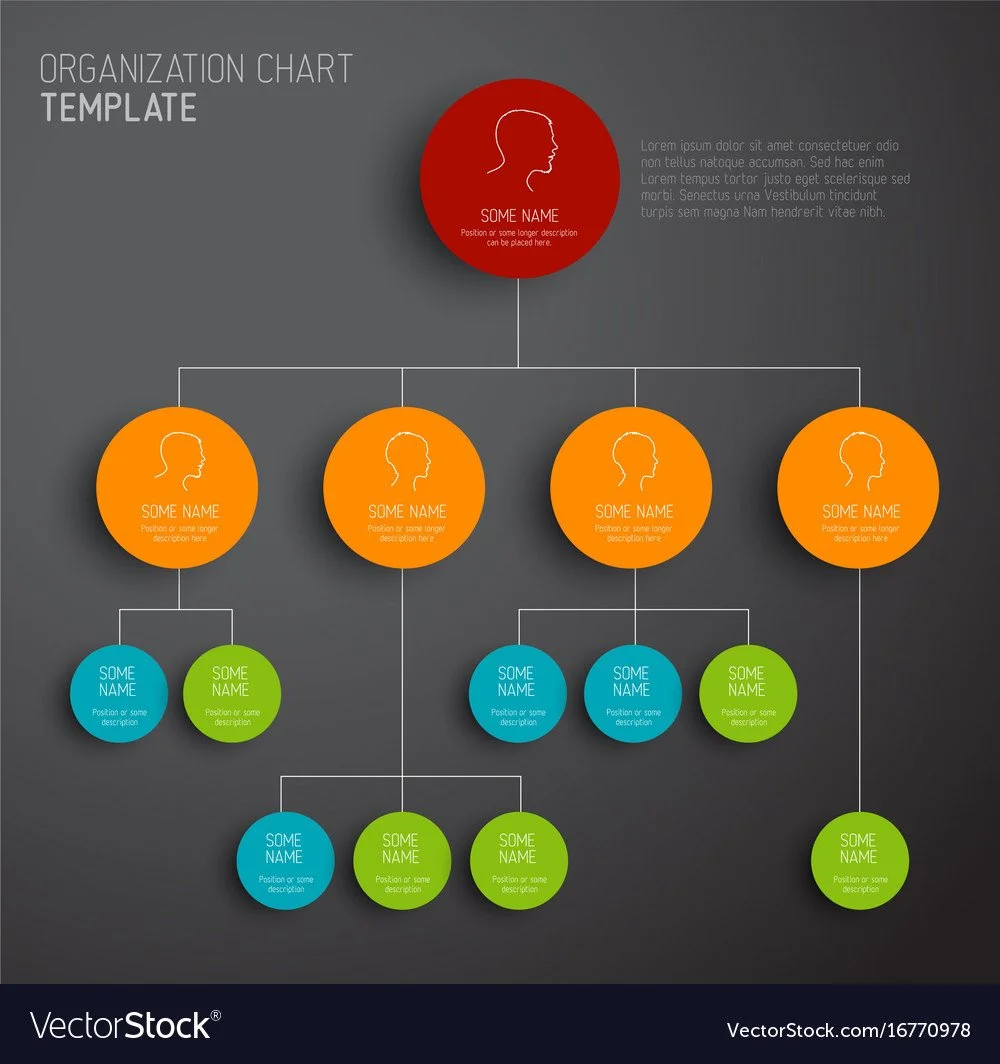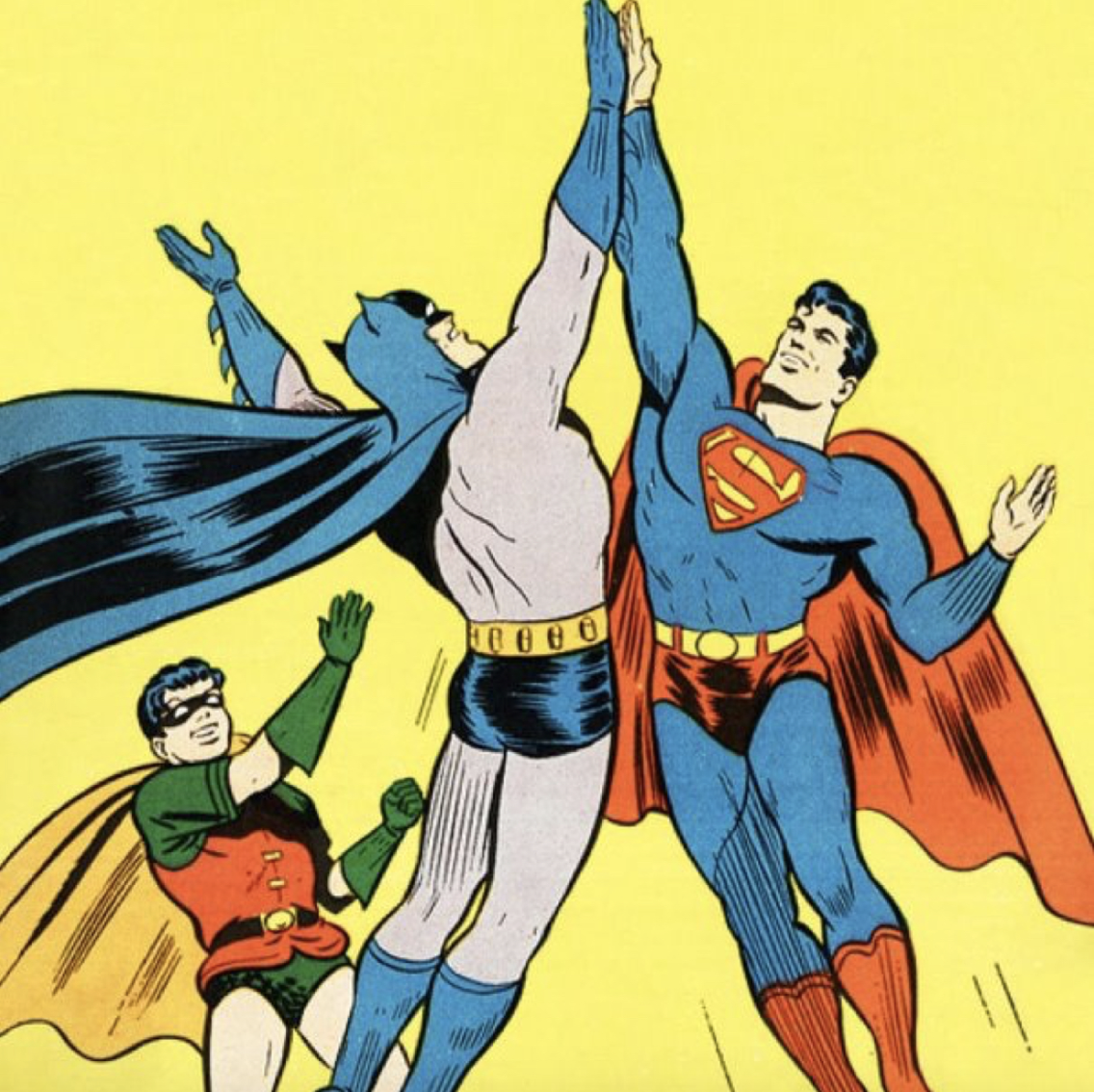I often hear collaboration touted as the magic ingredient for team success. If we simply (re)organize in a way to create synergies (side note: a single synergy is never enough, more is always better), we will organically achieve all the outcomes we desire. And while the ability of teams to work together seamlessly certainly can be a game-changer, we almost never achieve genuine collaboration through something as simple as drawing lines on an org chart. True collaboration is a complex and dynamic process that goes beyond reporting structures. So sit back, dear reader, and let me wax poetic about why I believe real collaboration cannot be imposed through organizational hierarchy alone.
Collaboration vs. Hierarchy
Hierarchy, represented by the lines and blocks on an organizational chart, is a helpful and perhaps necessary framework for defining roles, responsibilities, and reporting relationships within an organization. However, it should not be confused with collaboration, or team building. As Confucius famously said, “You can stick seven people on an org chart reporting to the same manager, but that don’t make them act like a team.” Collaboration is about people coming together, sharing ideas, knowledge, and efforts to achieve common goals. It's about fostering an environment where teams work cohesively, transcending the boundaries of their individual departments or silos. True collaboration typically happens outside the boundaries of the line and block, and can shift as priorities and projects evolve.
There are a handful of common impediments to collaboration that we see over and over. I’ll call them Common Impediments to Collaboration.
Silos: Silos happen when teams organize strictly by the organizational chart, causing isolated thinking and departmental separation. This limits collaboration, creates communication problems, and results in processes that aren't streamlined for the whole organization. Silos often resist change and stifle innovation since there's minimal information sharing beyond each department's boundaries.
Competition: Hierarchical structures can unintentionally encourage internal competition, where teams focus more on their own success than the organization's overall goals. I've seen this a lot with what I call "information hoarding," where individuals avoid sharing their knowledge because they think it might harm their position in the organization. Competition pushes back against collaboration
Lack of Trust: Genuine collaboration requires trust among team members. Simply restructuring the org chart doesn't automatically build trust. Bruce Tuchman describes the Forming-Storming-Norming-Performing evolution of teams for a reason. Simply forming teams doesn’t get them to perform, any more than throwing eggs, flour, butter and sugar into a bowl makes cookies. It takes time and the right environment to mature.
Speaking of cookies, let’s talk about ingredients. What are the things we can do to foster true collaboration? I think there are five key ingredients, maybe six if you count time, but let’s keep things simple.
High fives are an exercise in collaboration. Everyone knows this. Even Robin.
Culture: Leaders need to promote a culture of openness, transparency, and trust where employees feel comfortable sharing ideas and working together. Without that, you’ll just breed a bunch of information hoarders.
Shared Goals: Teams should have clear, shared objectives. This helps create a sense of purpose that encourages collaboration. Great athletic teams almost always have this.
Cross-Functional Teams: Deliberately form cross-functional teams that bring together individuals from different departments to solve specific problems or work on projects.
Communication Tools and Tech: Effective communication is at the heart of collaboration. Provide channels for open and regular communication and knowledge sharing across teams and invest in tools and technologies that make it easy to do so.
Empowerment: Give teams the autonomy to make decisions and take ownership of their work. Empowered teams are far more likely to collaborate effectively.
The big finish…
Creating collaboration is not about rearranging lines on an org chart. It's about fostering a collaborative mindset and culture within your organization, and empowering teams the time and decision-making authority to succeed. True collaboration is a dynamic, people-centric process that thrives on trust, shared objectives, and open communication. When employees are empowered to work together towards common goals, the org chart becomes a supporting structure rather than a limiting one.
Now, who wants cookies?



